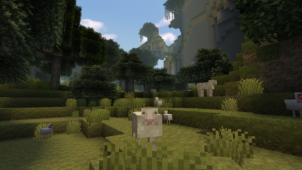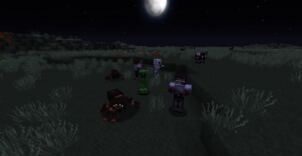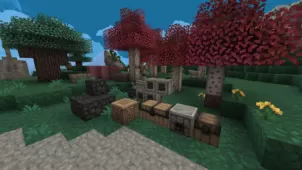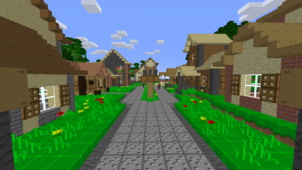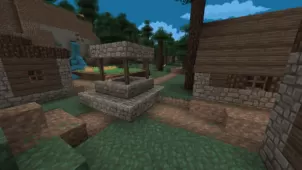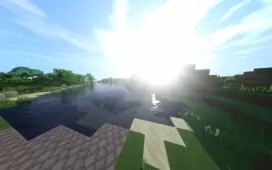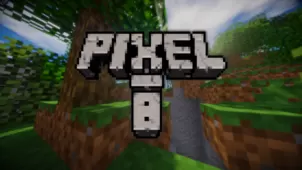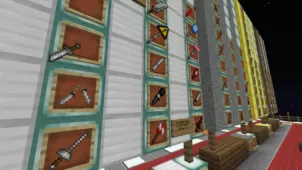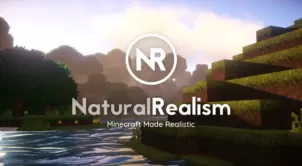The Pixel Reality Luminance resource pack is for players who’ve looked at the textures of Minecraft and felt that they could use a bit more color. As great as the world of Minecraft is to look at, you can’t the fact that it could use a bit of touching up in order to look truly fantastic. Often times, the game world simply becomes boring to look at because the textures aren’t really at their full potential but, thankfully, the Pixel Reality Luminance resource pack is here to take care of that. It’s a pack that you’re absolutely going to love because it truly does manage to elevate the game’s visuals to new heights.
![]()
![]()
![]()
The biggest change made by the Pixel Reality Luminance resource pack, as you’ll be able to tell upon getting into the game, is the fact that it makes the game look significantly more vibrant and colorful than it generally does. The vibrant look is for various different reasons but the primary causes are the revamped color palette and the brand new lighting effects that the pack brings to the table. The lighting effects look really unique and give the pack a certain elegance that you can’t really get in most traditional Minecraft packs.
![]()
![]()
The Pixel Reality Luminance resource pack is available in different versions, each one more impactful than the last, so you can take a good look at them all one by one in order to decide which one suits your preferences the most. It’s important to remember, though, that this pack is quite demanding on system resources and requires either Optifine or MCPatcher in order to function properly so it might not be the best idea to use it on a low-end PC.
Pixel Reality Luminance Resource Pack Update Logs
- Dawns and sunsets are now more colorful.
- “Full” nights are now darker, more or less like under a realistic moonlight, to increase difficulty and immersion.
- Many little tweaks and fixes, especially regarding inconsistencies with vanilla lighting.
How to install Pixel Reality Luminance Resource Pack?
- Download & Install Optifine HD Mod.
- Start Minecraft.
- Click “Options” in the start menu.
- Click “resource packs” in the options menu.
- In the resource packs menu, click “Open resource pack folder”.
- Put the .zip file you downloaded in the resource pack folder.
